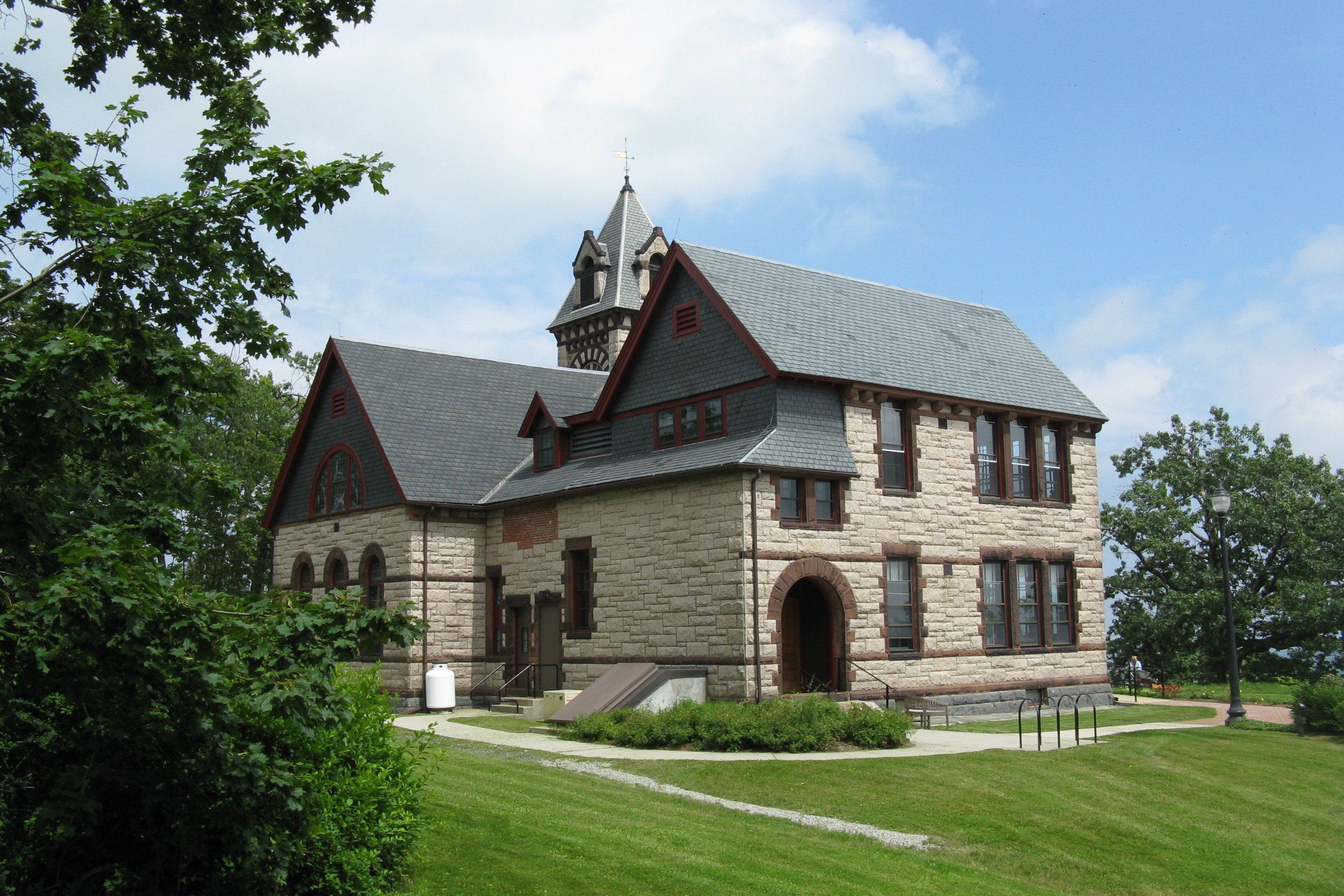|
Quinapoxet River
The Quinapoxet River is part of the Nashua River watershed in northern Massachusetts in the United States. It is part of the Massachusetts Water Resources Authority water system supplying drinking water to the greater Boston area. The river's name derives from the Nipmuc language, meaning "at the place of the little long pond" or "the long swamp." The uppermost tributaries of the Quinapoxet River rise in the town of Princeton, Massachusetts, the watershed generally known as the Upper Worcester Plateau, or the Monadnock Upland. This watershed tops at Wachusett Mountain, the highest feature in the area. Water flowing east from this high ground feeds the Nashua River watershed, and water flowing west feeds the Ware River or the Millers River watersheds, heading to the Connecticut River. The Quinapoxet Dam in Holden impounds 1,100.0 million US gallons in the Quinapoxet Reservoir, a Worcester drinking water supply. Below the dam, the Quinapoxet River flows east to the Wachusett R ... [...More Info...] [...Related Items...] OR: [Wikipedia] [Google] [Baidu] |
Princeton, Massachusetts
Princeton is a town in Worcester County, Massachusetts, United States. It is bordered on the east by Sterling and Leominster, on the north by Westminster, on the northwest by Hubbardston, on the southwest by Rutland, and on the southeast by Holden. The preeminent landmark within Princeton is Mount Wachusett, which straddles the line between Princeton and Westminster but the entrance to which is within Princeton. According to tradition, in 1675, Mary Rowlandson was ransomed upon Redemption Rock, now within the town of Princeton, by King Philip. The population was 3,495 at the 2020 census. Princeton is a rural exurb, serving as a bedroom commuter town for nearby cities such as Worcester, Gardner, and Boston. History During King Philip's War in 1676, Native Americans brought their captive Mary Rowlandson to Princeton to release her to the colonists at Redemption Rock. The town of Princeton was incorporated in 1759, out of land that was previously part of Rutland. It was named ... [...More Info...] [...Related Items...] OR: [Wikipedia] [Google] [Baidu] |
Holden, Massachusetts
Holden is a town in Worcester County, Massachusetts, United States. The town was founded in 1741, and the Town Square (Center, Common) was donated by John Hancock, former Governor of Massachusetts. The population was 19,905 at the 2020 census. History Holden was named for Samuel Holden, a director of the Bank of England. Geography According to the United States Census Bureau, the town has a total area of , of which is land and , or 3.40%, is water. The landscape is compiled of hills and rivers, including the Quinapoxet. Holden is bounded on the west by Rutland, on the northwest by Princeton, on the east by Sterling and West Boylston, on the southeast by Worcester, and on the southwest by Paxton. Demographics As of the census of 2000, there were 15,621 people, 5,715 households, and 4,423 families residing in the town. The population density was . There were 5,827 housing units at an average density of . The racial makeup of the town was 97.39% White, 0.49% African Americ ... [...More Info...] [...Related Items...] OR: [Wikipedia] [Google] [Baidu] |
Rivers Of Worcester County, Massachusetts
A river is a natural flowing watercourse, usually freshwater, flowing towards an ocean, sea, lake or another river. In some cases, a river flows into the ground and becomes dry at the end of its course without reaching another body of water. Small rivers can be referred to using names such as creek, brook, rivulet, and rill. There are no official definitions for the generic term river as applied to geographic features, although in some countries or communities a stream is defined by its size. Many names for small rivers are specific to geographic location; examples are "run" in some parts of the United States, "burn" in Scotland and northeast England, and "beck" in northern England. Sometimes a river is defined as being larger than a creek, but not always: the language is vague. Rivers are part of the water cycle. Water generally collects in a river from precipitation through a drainage basin from surface runoff and other sources such as groundwater recharge, springs, a ... [...More Info...] [...Related Items...] OR: [Wikipedia] [Google] [Baidu] |


